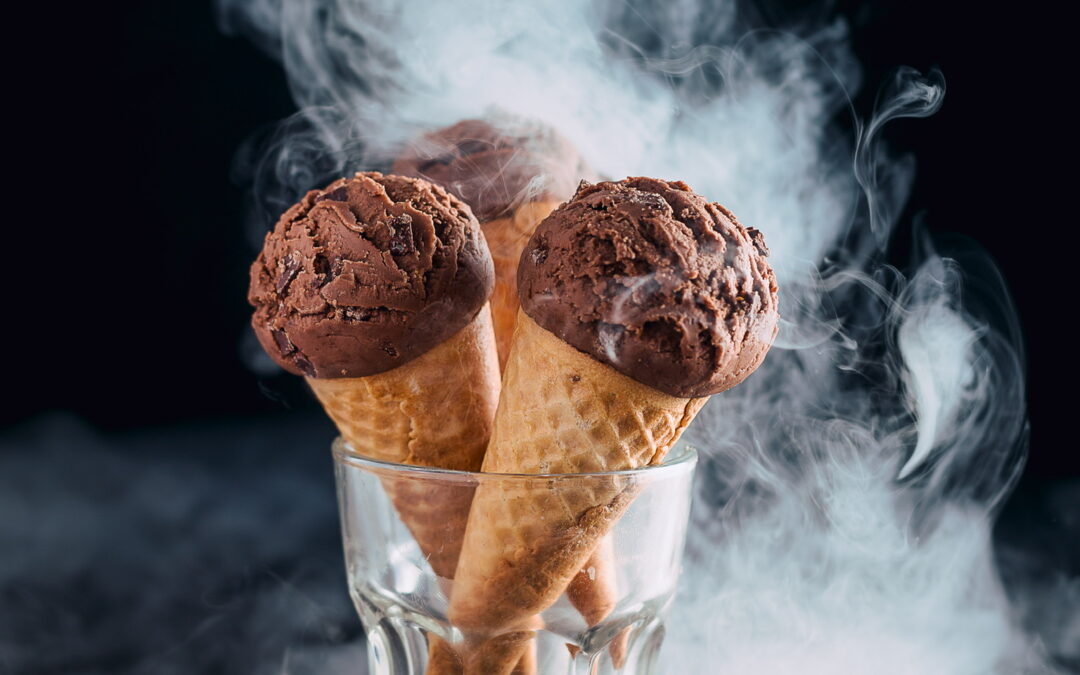There are essential tips for dark food photography we must know as a professional food photographer.
Dark food photography is high in aesthetics. This will remind you of world-class paintings by famous artists such as Rembrandt and Vermeer. If you want to bring this high-class art in your photography, these are important tips to help you produce stunning dark food images.
#1. Essential Tips for Dark Food Photography 1 : Props and Backgrounds in Dark Color
Dark photography also needs dark colors for the props and backgrounds used. Using white or light colors for the props, backgrounds, and surfaces will create contrasts with the images produced. By keeping them in dark colors, you can retain the focus of your audience solely on the food.
Be careful of the reflections in food photography since they are difficult to manage, creating a lot of issues in the process. Things like vintage utensils with a patina and matte dishes will provide you with darker and neutral tones, making them less reflective.

#2. Essential Tips for Dark Food Photography 2 : Food Styling
When it comes to styling, you need to keep in mind that dark food photography style is very much different from advertising photography style.
In food photography, the style of the images often looks casual, random, and candid. They are meant to look imperfect with artfully placed drips and smears as well as scattered crumbs. Meanwhile, advertising photography often comes with highly stylized food, making it looks perfect.
#3. Shape the Light
It is critical to shape and carve the light to draw the focus of your audience to the photo object when creating darker pictures. In this way, you have to plan how you want to light the pictures.
Not only that but you also need to determine where you want the shadows of your images to fall. To carve the light, you can use indirect lighting. This will allow you to avoid light directly pointing to at food or the photo set.

#4. Exposure
To create dark food photography, you need to consider the exposure. You can do it better simply by using a tripod. The tool will provide you the best food dark photography results especially if you want to use natural lights to produce images in less ideal conditions.
You can level up the exposure time when using the tool rather than increasing the ISO.
#5. Dark Image Post-Processing
To have proper post-processing of your dark food photography, you can use the luminance sliders in Camera RAW or Lightroom. This will help you to brighten the color of the images individually. Also, to optimize the dark food photography result and make it look fantastic, you can use both local and global adjustments.


